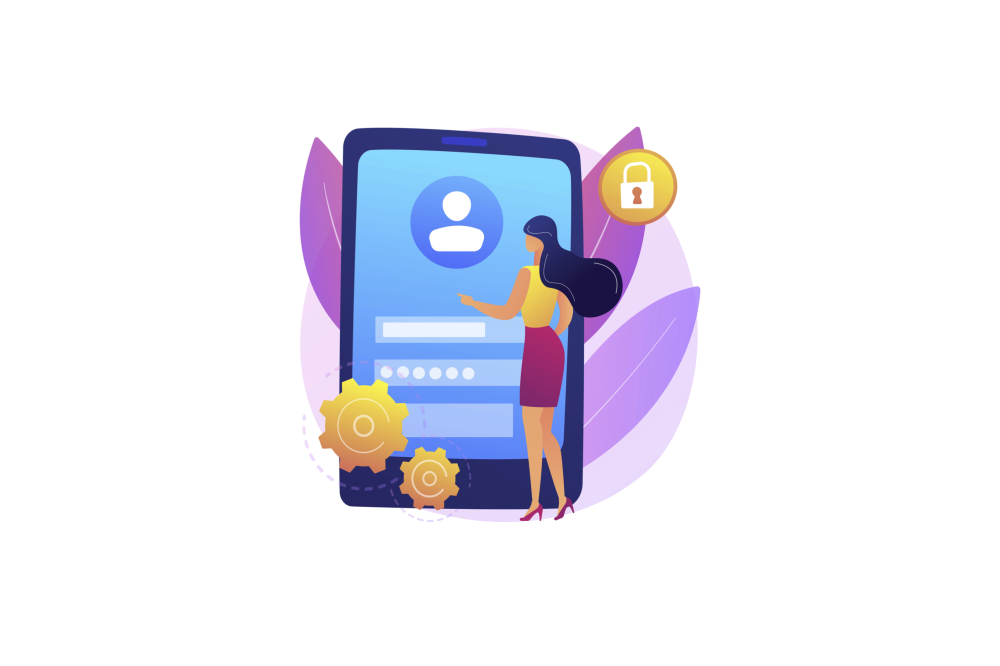Authentication codes fall short as 2 factor authentication method Written on

Gone are the days when a simple password safeguarded your online accounts from cyber threats. In today's world, two-factor authentication (2FA) has become a crucial security measure, and an account without it is vulnerable. With numerous authentication apps available, most apps and websites use them nowadays to protect users' data. Here's what you should know about it.
The problem with authentication codes
In 2005, a data breach at DSW Shoe Warehouse compromised 1.4 million records. Card numbers, names, and other personal information were exposed in what is considered the first major data breach. Since then, we saw users’ data exposed in attacks on Facebook, Alibaba, Yahoo, Marriott, just to name a few. These high-profile data breaches have affected millions of people and highlighted the need for better cybersecurity measures to protect personal and financial information.
As of today, attacks like these still occur, despite all efforts to secure online accounts. 2FA is an additional layer of security that protects your accounts from unauthorized access. It involves the use of two separate factors to verify your identity before allowing access to your account. One of the most common forms of 2FA nowadays is the use of authentication codes. Microsoft Authenticator and Google Authenticator are just a few examples. But do they work as they should?
Authentication codes have become a popular form of two-factor authentication for many online services. Apps like Google Authenticator generate time-based codes to verify a user's identity before allowing access to their account. However, despite their popularity, security concerns exist about these apps.
Most authentication codes pose three problems:
Honestly, they're not that secure
Suppose someone hacks into your bank account. They would still need an additional factor to get into your account and make transactions. Anyone who gains access to your phone also gains access to your account's second factor, making it easy for them to do whatever they want.
You're not sure if it's really your customer
Authentication codes do not necessarily establish user identity. In other words, just because a user has a valid authentication code does not mean they are who they claim to be. There is no inherent connection between access authorization and identity.
User experience is frustrating
For those who have used Google Authenticator or other similar apps, you're probably familiar with the hassle of retrieving codes on your phone. This is to access your accounts on other devices. It can be frustrating and time-consuming.
What's the best way to add 2FA to your website or app?
Face biometrics are becoming increasingly popular. By using a person's unique facial features to verify their identity, it provides an extra layer of security while making the experience seamless. The best part? Your face traits are difficult to hack.
When considering using face biometrics as a 2FA, it's imperative to remember that not all systems are created equal. Some systems may be more vulnerable to being fooled by photos or videos of a person's face, while others may be more susceptible to data breaches.
To ensure the highest level of security and privacy, it's important to choose solutions that are:
Decentralized
Decentralized systems distribute the data across multiple devices or servers, making it more difficult for hackers to access all the data at once. This helps to reduce the risk of a data breach and ensures that user data is not stored in a single centralized location.
Supported by anti-spoofing technology
Additionally, it's important to choose face biometric solutions that are supported by certified anti-spoofing technology. This technology can detect and prevent attempts to use fake or manipulated images to gain unauthorized access. It's also important to choose solutions that prioritize user privacy, such as those that do not collect or share unnecessary personal data.;
Designed for users' privacy
Many companies are now offering privacy-focused features, such as the ability to delete data and restrict third-party access to personal information. These tech solutions are helping to create a safer and more secure online environment for users and are an important step in ensuring that privacy remains a fundamental right in the digital world.
Conclusion
In conclusion, while 2FA is a necessary security measure for safeguarding online accounts, the current use of authenticator apps comes with inherent security and user experience issues. Face biometrics is a promising alternative that provides an extra layer of security while also offering a seamless user experience.
Decentralized and anti-spoofing technology-supported solutions that prioritize user privacy will ensure the highest level of security and privacy.






